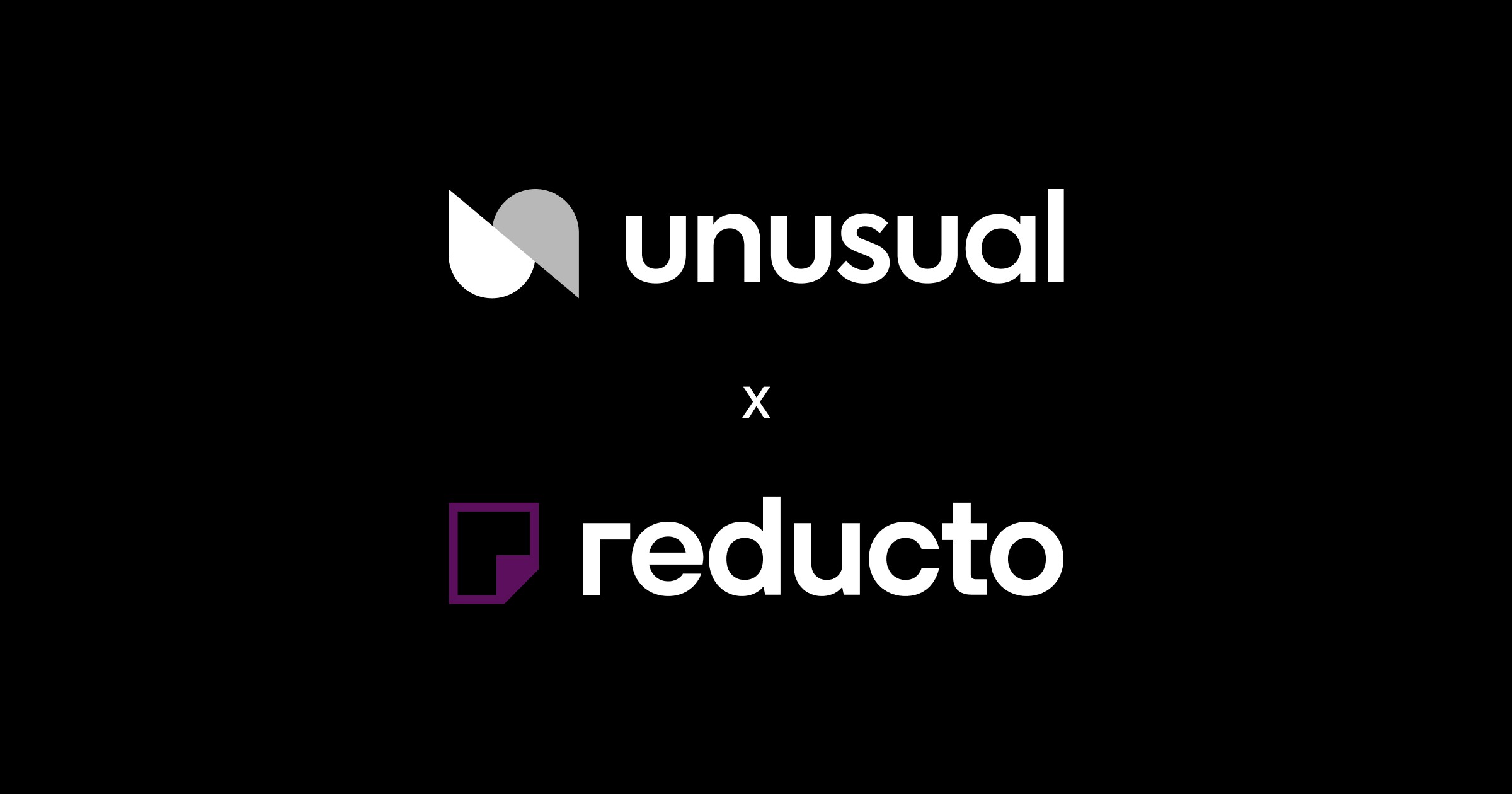INSIGHTS

Keller Maloney
Unusual - Founder
Sep 23, 2025
Walled Gardens versus the Open Web
Content marketing is splitting in two. On one side are the walled gardens—Instagram, TikTok, YouTube, Substack—where human attention congregates around video, creators, and feeds that are exceptionally good at deciding what we should see next. On the other side is the open web, which is steadily turning into a vast reference library: less foot traffic from people, more constant visitation from AI systems that crawl, recrawl, and cite.
That divide changes the job of brand content. The gardens are where you persuade and earn affinity, because that’s where people actually spend time. The open web is where you establish ground truth, because that’s where models learn what to say about you. Treating those two jobs as one is why so much content underperforms. The medium and the audience have diverged.
What follows is a practical way to operate in this two-city world: make great video for humans inside the walls, and make great reference for models in the open.
Why attention moved inside the walls
People didn’t leave the open web because of AI. They left because the gardens offer a better match between format and distribution. Video is easier to consume than text, and the recommendation loops are built to keep you watching. That combination—format fit plus precision distribution—was already pulling mindshare inward. Generative answers in search mainly accelerate the shift by reducing the need to click out at all.
The consequence is not that the open web is pointless. It’s that its primary audience has changed.
The open web’s new job: ground truth for machines
As human browsing declines, machine reading increases. Public pages—docs, FAQs, product details, comparisons—are repeatedly fetched by model crawlers and incorporated into the knowledge that powers AI answers. The open web is the place models can reach cheaply and consistently; access to the gardens is fragmented and contractual. Think of the open internet as stacks, not streets: fewer pedestrians, more librarians.
That role asks for a different style of writing: factual, unambiguous, up-to-date, and easy to cite.
Humans like video. LLMs like text.
We already know what people can’t resist: short and long video delivered by strong feeds. Brands are responding—shifting marginal effort from classic SEO into creator-led programs, serialized video, and newsletters that build community. Long-form analysis isn’t disappearing; it’s just more often paid and inside.
Models, by contrast, reward coverage and clarity. They do best with clean, structured pages that answer questions directly. In practice:
Humans reward narrative, pace, charisma, and community.
Models reward precision, structure, scope, and freshness.
Trying to make one artifact serve both is how you end up with content that satisfies neither.
A split-brained content portfolio
1) Inside the walls: high-production, human media
Prioritize formats the feeds amplify (YouTube/TikTok first, then platform-native clips elsewhere).
Use newsletters and podcasts as owned channels for depth and cadence.
Measure for human outcomes: watch time, completion, saves, replies, community growth, and downstream conversions.
2) In the open: detail-rich, machine-readable reference
Publish unambiguous product specs, FAQs, implementation guides, evaluations, policies, and comparisons.
Use stable URLs, clear headings, tables where helpful, and structured data where appropriate. Update aggressively.
Write to be citable, not catchy. The goal is default inclusion when an AI needs a trustworthy fact.
This is not SEO copy churn. Treat it like documentation plus knowledge base, edited for accuracy and breadth.
What changes for teams
Planning: Split the editorial calendar into human campaigns (video/editorial in the gardens) and model reference (open-web knowledge).
Production: Separate voice and format. Cinematic and creator-forward inside; concise and literal in the open.
Measurement: Expect fewer clean click paths from AI answers. Use leading indicators for the open web (crawler frequency, citations/inclusions in AI outputs, branded/direct lift that lags those inclusions).
Governance: Manage open-web reference like product documentation with SLAs. If a model reads you, it shouldn’t find stale pricing, outdated positioning, or missing caveats.
The practical bottom line
Humans will keep spending most of their attention where the feed is strong and the video is better. Models will keep spending most of their attention on the public corpus they can reach easily and often. The content strategy that matches reality is simple:
Make great video for people, in the gardens.
Make great reference for models, in the open.
Two cities, two audiences, two playbooks—one brand. The earlier you accept the split, the less effort you waste and the more often you become the answer both humans and machines return to by default.
Careers
Ideas
Legal



